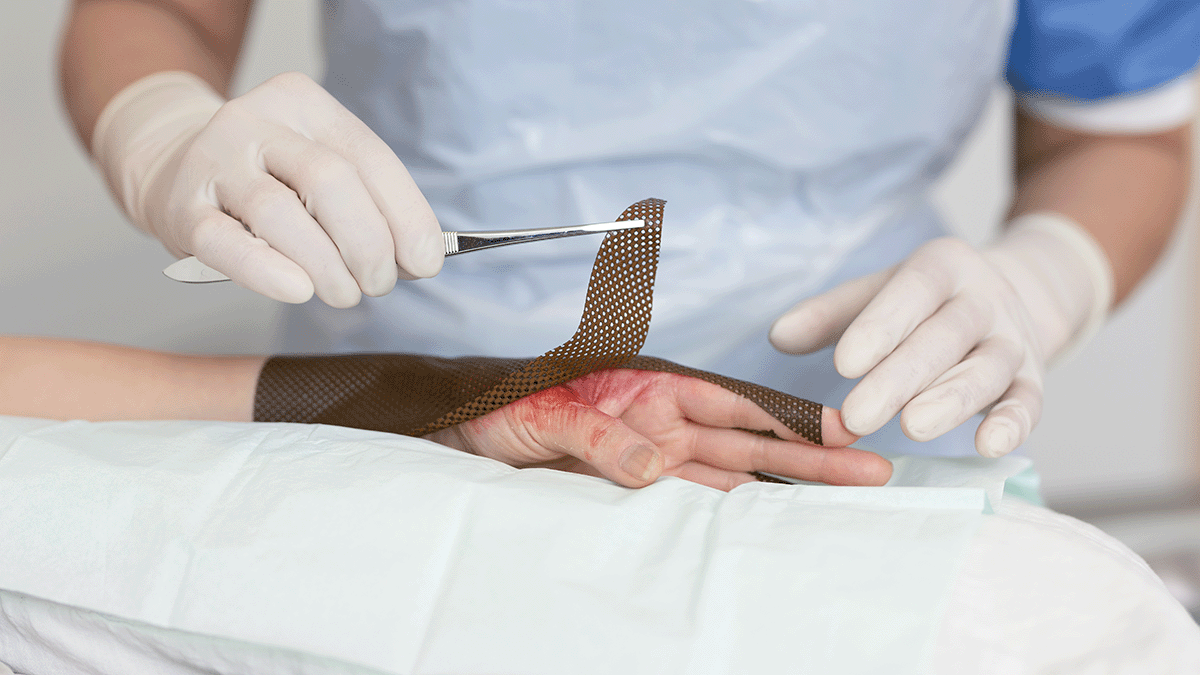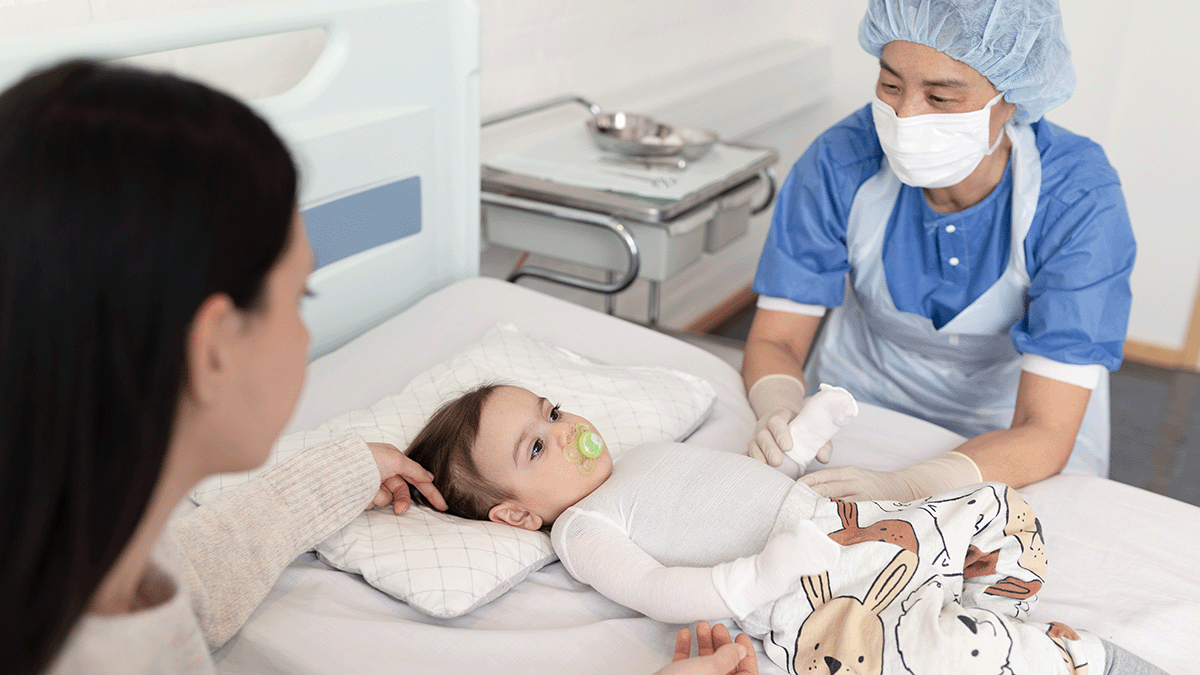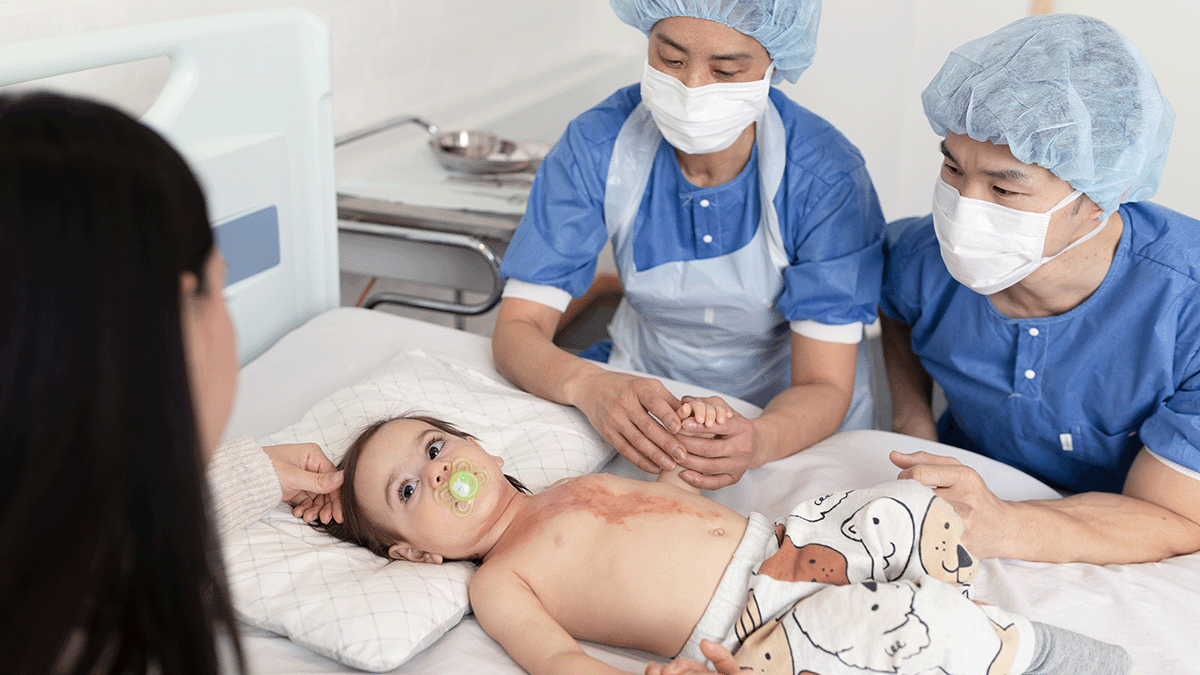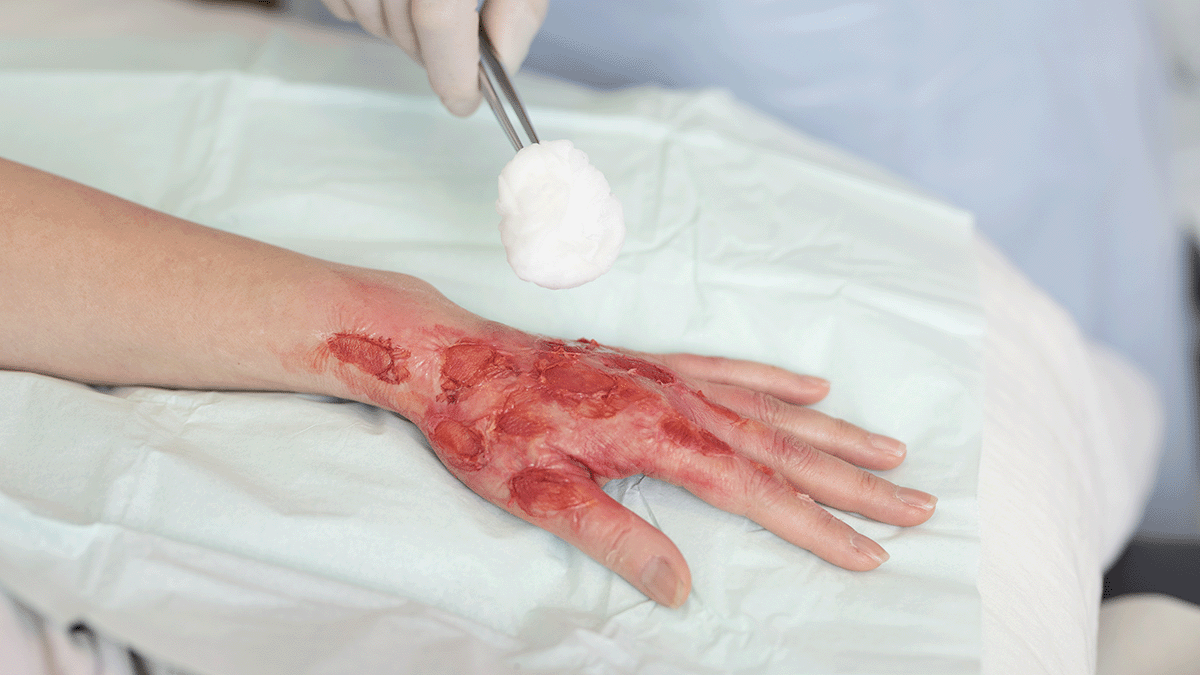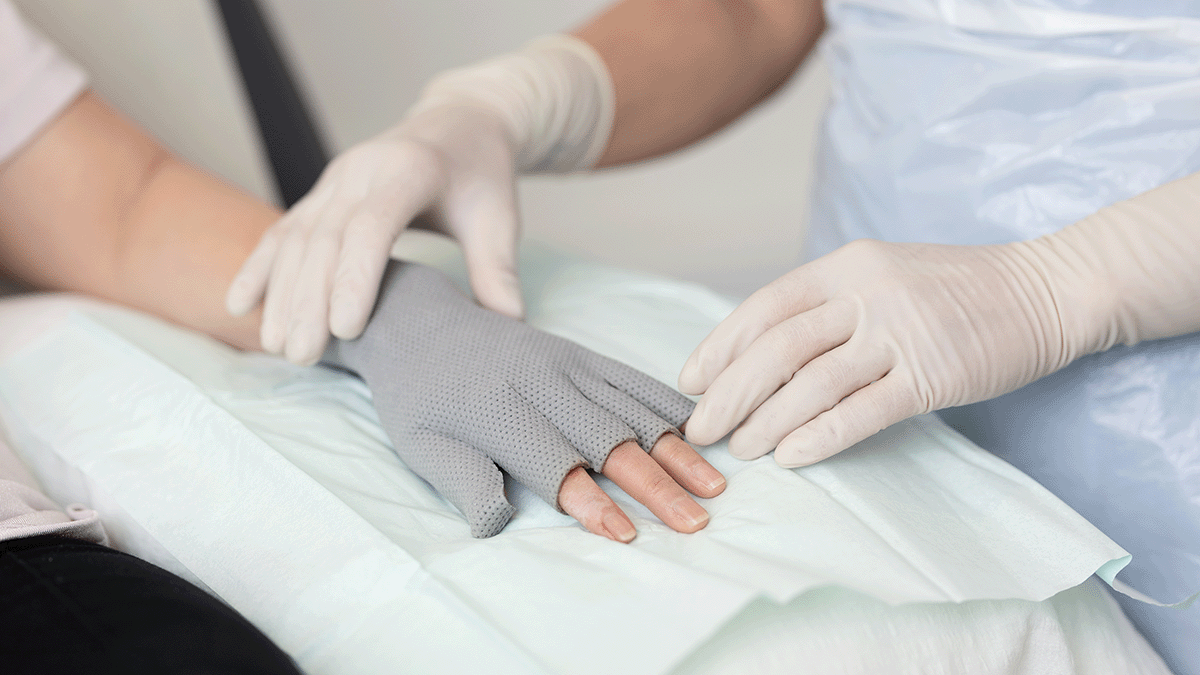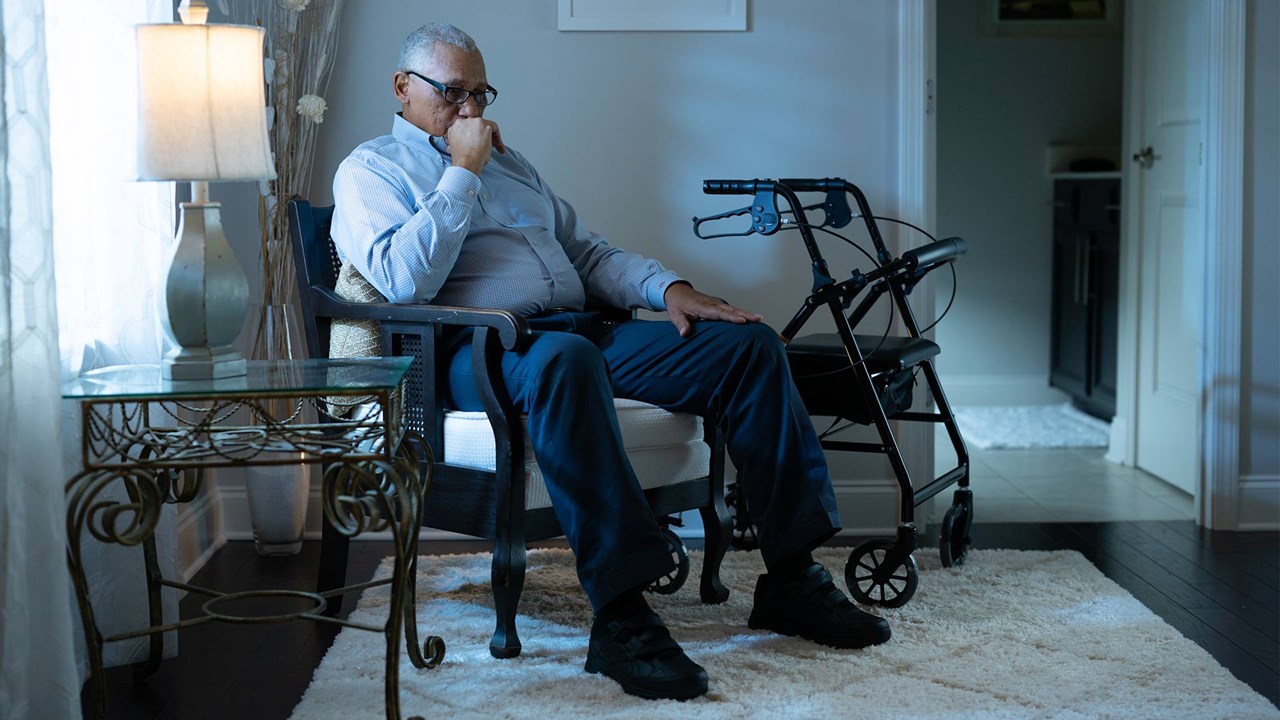Children are especially at risk for burn injuries. According to the European Burns Association (EBA) Guidelines1, scalds account for a substantial proportion of burn injuries in children, underscoring the need for targeted prevention and specialised care strategies.
Specialised care in collaboration with carers
Caring for paediatric burn patients requires a multidisciplinary approach involving specialised healthcare professionals working in close collaboration with parents and caregivers. The EBA states that such collaborative care is important for addressing the unique physiological and psychological needs of children with burn injuries. Specialised professionals, including paediatricians, burn care nurses, psychologists, and physiotherapists, play integral roles in developing comprehensive treatment plans, ensuring that both medical and emotional aspects of recovery are addressed.
Psychological effects of burns on children
Burn injuries can be a traumatic experience for children, often leading to anxiety, fear of pain, and feelings of loss of control and impaired autonomy. The EBA Guidelines highlight the profound psychological impact that burn injuries and subsequent treatments can have on young patients. This can be amplified by any need for hospitalisation.
Children may experience heightened stress during procedures, dressing changes, and interactions with unfamiliar medical environments. Addressing these psychological challenges is essential for promoting effective healing and long-term well-being.
Assessing pain in paediatric patients
Accurate pain assessment in children is vital for effective pain management. Several tools have been developed to evaluate pain levels in paediatric patients, with the FLACC (Face, Legs, Activity, Cry, Consolability) score being among the most widely used. The FLACC scale assesses five criteria, each scored from 0 to 2, resulting in a total score ranging from 0 to 10. This tool is particularly useful for young children or those unable to communicate their pain verbally, allowing healthcare providers to tailor pain management strategies appropriately.
Appropriate dressing selection to minimise pain and anxiety
Choosing the right dressing is another important component of paediatric burn care, as it can significantly influence pain levels, anxiety, and overall patient satisfaction. The EBA Guidelines recommend selecting dressings that are gentle on the wound and surrounding skin and can be left in place for several days. Such dressings minimise the frequency of dressing changes, reducing the associated pain and anxiety for the child. Advanced silicone-based dressings do not adhere to the moist wound bed, adhere gently to dry skin and minimise pain and damage on removal and are thus preferred to support optimal healing and patient comfort, particularly for children.
In fact, in a recent consensus of burn surgeons from the Asia-Pacific region2, Mepilex Ag dressings were specifically cited and highly recommended because they adhere gently, absorb exudate and deliver silver to the wound, contributing to infection reduction. It was specifically recommended for paediatric patients due to the reduced pain reported on dressing removal.
The importance of parent and caregiver education
Educating parents and caregivers is a cornerstone of effective paediatric burn care. The EBA states that informed and involved caregivers can better support the child's recovery process.
Education should encompass wound care techniques, signs of infection, pain management strategies, and the importance of follow-up appointments. Empowering caregivers with knowledge gives a sense of control and competence, which can positively influence the child's emotional and physical healing journey.
Guidelines and specialised care for best paediatric burn outcomes
Paediatric burn injuries present unique challenges that require specialised and comprehensive care approaches. By adhering to established guidelines, such as those provided by the European Burns Association, healthcare professionals can effectively address the complex needs of paediatric burn patients. Through specialised, expert care, appropriate pain assessment tools, careful selection of dressings, and robust caregiver education, the journey toward recovery can be made less daunting for both children and their families.


